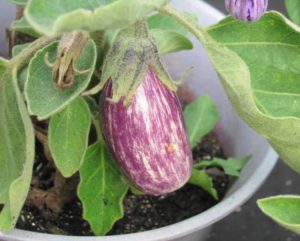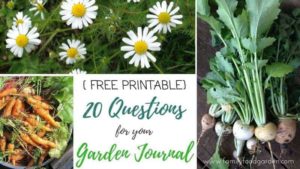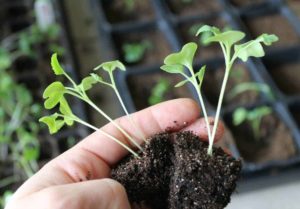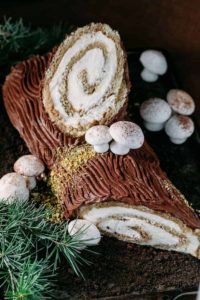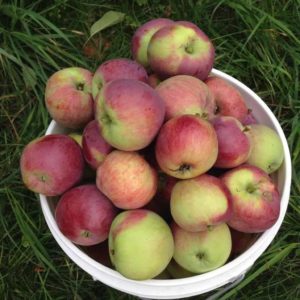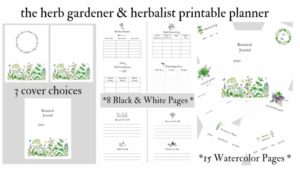Dill is a flavorful, feathery green herb that’s used to make dill pickles, season fish, add sweetness to vegetable dishes, and flavor sauces. Dill plants are popular with gardeners because they’re easy to grow, thanks to their self-seeding abilities and annual growth cycles.
Dill is ideal for growing in pots or containers as dill is easy to prune, therefore, it only needs a small growing space.
Types of Dill

There are several varieties of dill, each with its own distinct flavor and appearance. The most popular types of dill for growing are:
- Fern leaf dill: A dwarf variety of dill with a classic dill flavor. The plant reaches between 12 and 18 inches tall, requiring at least six hours of sunlight per day
- Superdukat: A compact dill variety with a stronger aroma than standard dill. The plant grows over a longer period than most dill plants, reaching between 12 and 24 inches tall
- Bouquet dill: A showy variety of dill with an aromatic dill flavor. Bouquet dill is best grown in pots outdoors, producing yellow flowers and growing up to 36 inches tall
- Long Island mammoth dill: A tall, bushy dill variety with a strong, tasty dill flavor. The plant grows up to 36 inches high and 24 inches across, so it’s best for large containers
Dill Containers and Pots
Choose the right-sized container for growing dill, based on the type of dill you wish to grow.
Dill grows long roots, so the container should be at least 12 inches deep. The container should be between 10 and 12 inches wide. Only plant one to two plants per container to give the dill plenty of room to grow.
Don’t plant dill in pots with poor drainage because excessively moist soil causes the plant to rot.
Planting and Caring for Dill
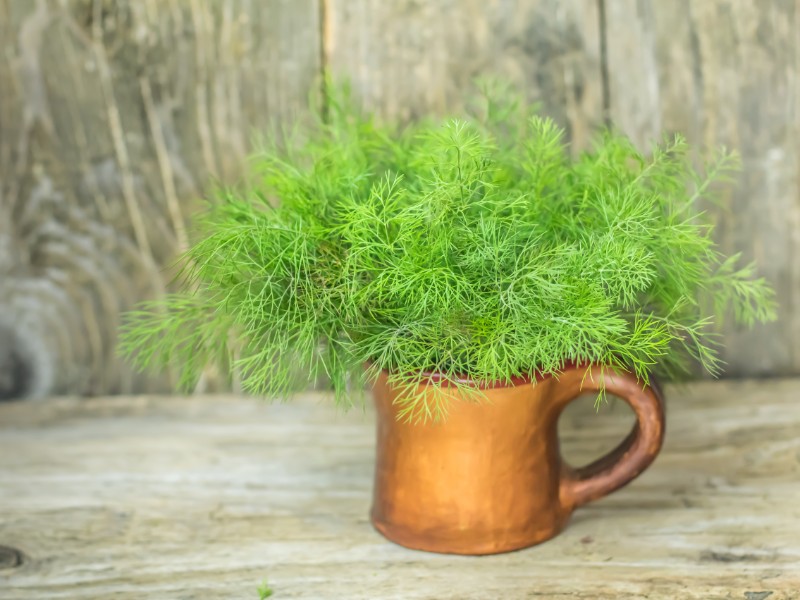
Dill lives for two years, but the plant is self-seeding, meaning that new plants can grow in the same soil the next season without replanting.
Dill is a fast-growing plant, maturing at around 90 days when grown outside. Dill needs temperatures of around 68°F and full sunlight to thrive.
Planting Dill
To plant dill, follow these steps:
- Plant dill indoors in April, or plant dill outdoors between May and July. Before planting, store the seeds in a dark, dry location
- Fill the containers with moist, fertile soil. Ensure the containers have good drainage to prevent waterlogging
- The best way to plant dill is from seeds. Sow dill seeds about ¼-inch beneath the soil, about 18 inches apart (or in separate containers, if you only have space for one dill plant per container)
Dill Care
Caring for dill is easy because the plant is compact and adaptable to both indoor and outdoor growth. Avoid overwatering dill, which causes the roots to rot, or planting dill in a shady area, which reduces the herb’s oil production and the intensity of its flavor.
| Dill Care Guide | |
| Sun Requirements | Full sun, between six and eight hours of sunlight per day |
| Watering Schedule | Water twice per week |
| Soil Needs | Moist, fertile soil containing organic matter (such as rotted manure or garden compost) |
| Fertilizing | Add a light amount of fertilizer to the soil before planting the seeds |
Some common pests and diseases that affect dill plants are:
Swallowtail Caterpillars
Caterpillars, especially swallowtail caterpillars, are known to nibble the leaves of dill. Remove the caterpillars when you see them and spray the plant with insecticide to discourage the caterpillars from returning.
Alternaria Blight
A fungus known as Alternaria blight attacks plants as the seeds begin to form, causing yellowing leaves that drop away. Pull all affected plants from the soil and treat the remaining plants with a fungicide to prevent the fungus from spreading.
Aphids
Aphids, or sap-sucking tree bugs, eat dill leaves and weaken the plant. When the plant blooms, it attracts ladybugs that eat aphids, and the number of aphids should decrease. If the aphid problem is severe, remove the insects by spraying water mixed with dish soap onto the leaves.
Carrot Motley Dwarf Disease
Carrot motley dwarf disease is a viral infection, passed along by aphids, that causes stunted plant growth and red or yellow leaf discoloration. Prevent carrot motley dwarf disease by controlling aphids on the dill.
Harvesting Dill
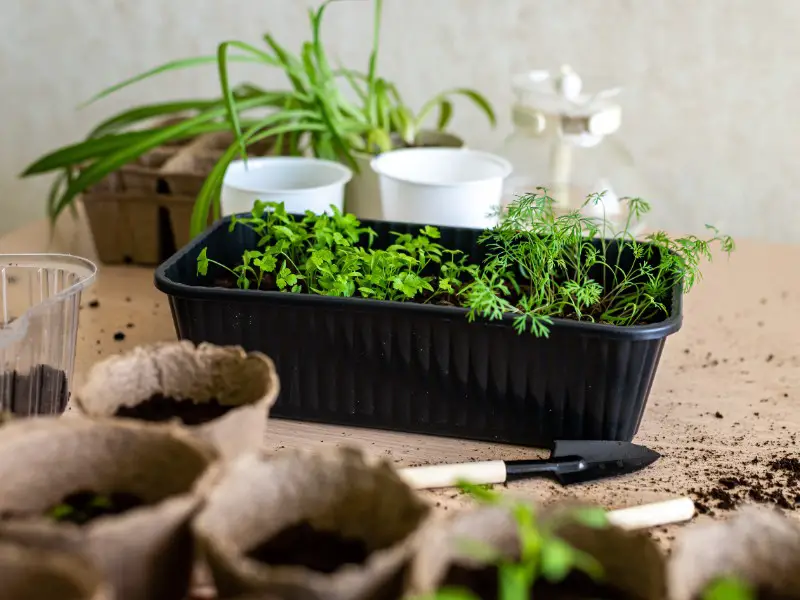
Dill should be harvested about six to eight weeks after planting or as soon as the plant has at least four to five leaves.
To safely harvest dill, use a pair of sharp scissors to cut the stems of the leaves where they meet the growth point on the plant’s main stem. Alternatively, pinch the stems of the leaves to pull them away by hand.
Only harvest one-third of the dill plant at a time to prevent the plant from losing its potency. Stick to a routine, such as harvesting the plant every one or two weeks, in line with its rate of growth.
After the dill has been harvested, rinse the leaves and flower heads to remove dirt and insects. Leave the dill to dry by hanging it upside down or laying it flat on paper towels for four to six hours.
Fresh dill lasts for 10 to 14 days in the refrigerator, but its lifespan can be extended by drying. Hang dill to dry for up to two weeks, then crush up the herb and place the crushed pieces in an airtight storage container. Dried dill lasts for two to three years.
You can also pickle dill by brining it for a few days to enjoy a nice dill pickle.
Grow Dill at Home
Dill is an aromatic, fast-growing, space-saving herb that grows just as lavishly in containers as it does in the ground. Growing dill is a fun hobby for beginners and expert gardeners alike — you only need a large container, a sunny spot, and a handful of dill seeds.

